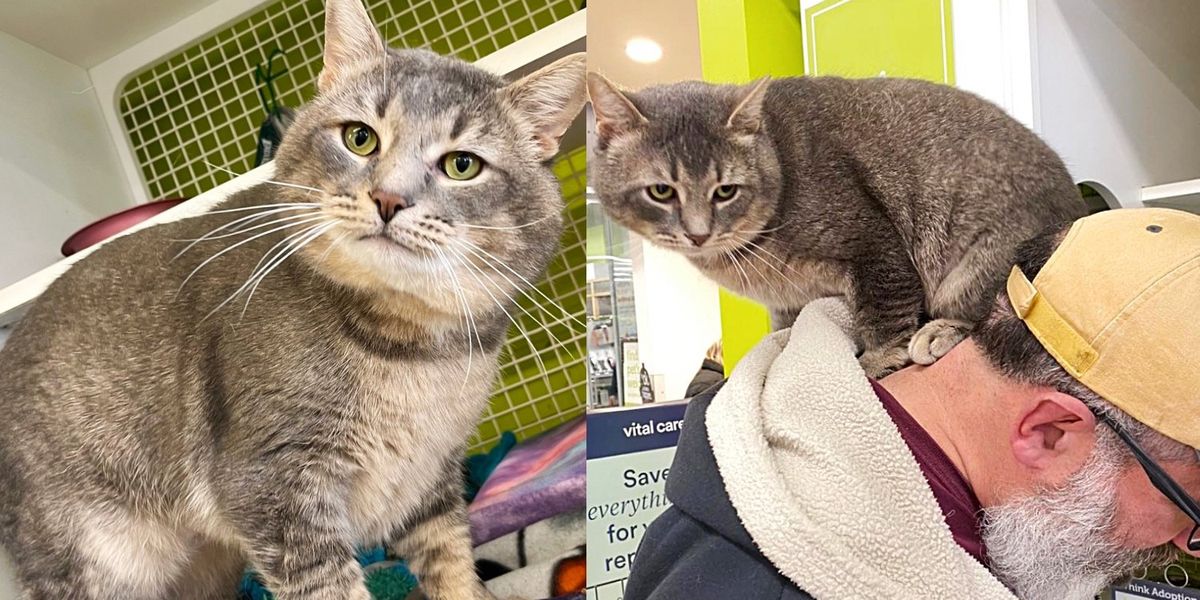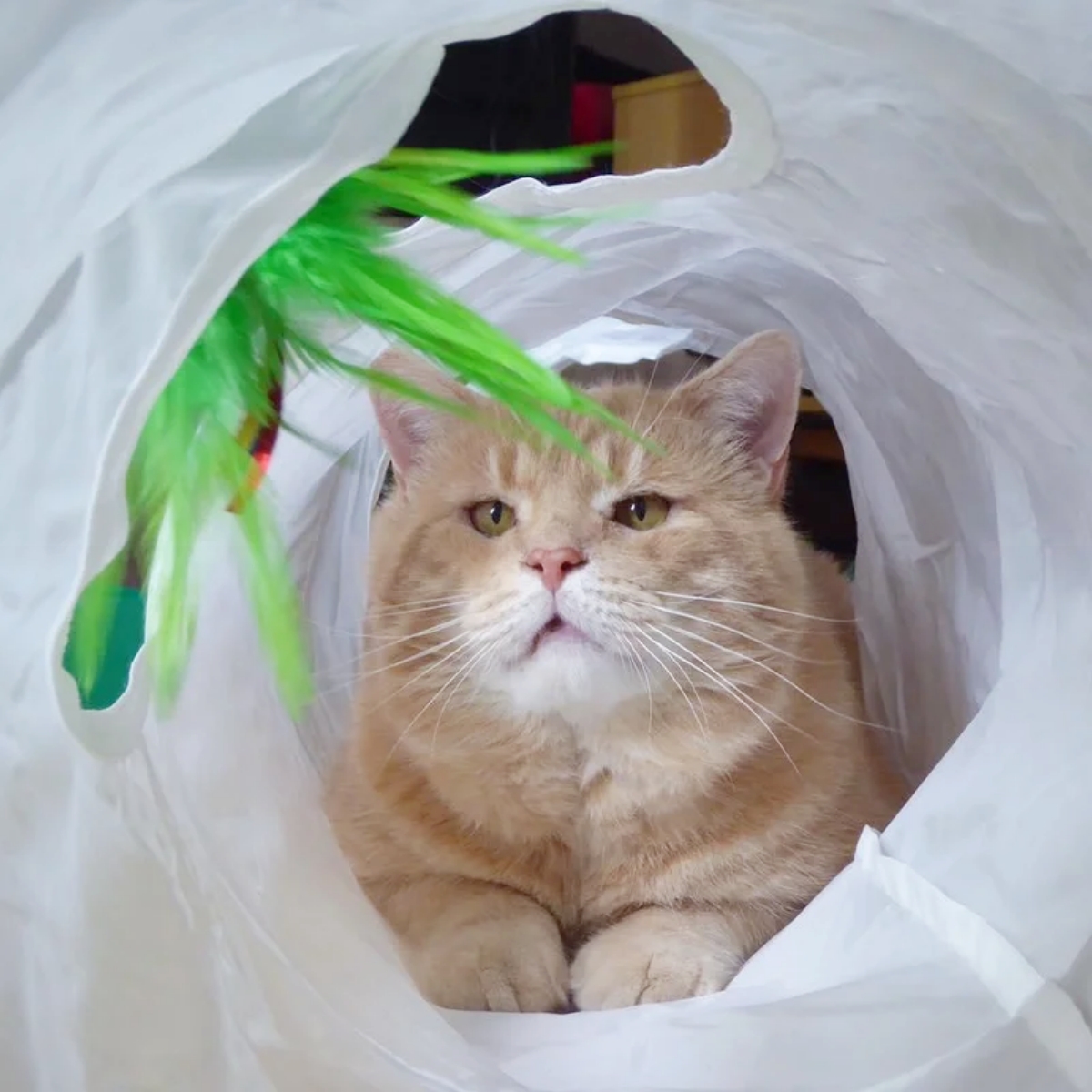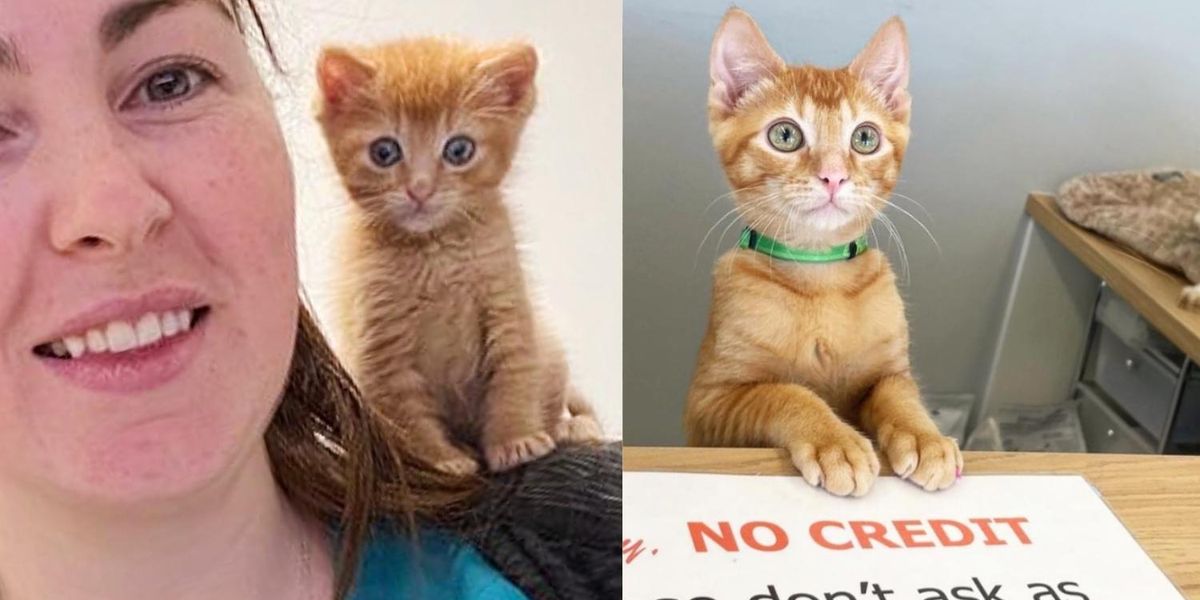Britain’s seas contain 6% of global seaweeds, with over 600 native species. From microscopic phytoplankton to forests of kelp, seaweed is a valuable food source for other wildlife – including us – and provides important shelter for many marine creatures, such as crabs, starfish and seals.
Several seaweed types grow in shallow coastal waters and many others wash up on the shoreline, particularly in winter when conditions can be rough. This makes all UK beaches – rocky, shingly or sandy – a good place to forage for them.
In this guide, we reveal 10 of the most common seaweed types found on UK shores.
Guide to rockpooling
Rockpooling is a traditional seaside activity, and you can explore the hidden world of the sea’s fascinating creatures at anytime of the year. Discover how to get started, essential equipment and the best places to go in our expert guide.
- Rockpooling guide: how to get started, where to go, and essential equipment
Types of seaweed
Oarweed, Laminaria digitata

Seven of Europe’s 14 kelp species grow in the UK. They can be found all around our coast, forming forests on rocky seabeds. The most common species of kelp in the UK is oarweed, which can grow more than 2 metres long at depths reaching 10 metres. Its other names include tangleweed and sea ribbon.
Toothed wrack, Fucus serratus

This brown seaweed grows just above the low tidemark along the entire coast. Its name comes from its serrated, saw-toothed margins and was at one time eaten as a snack in Scotland. Brown seaweeds are high in iodine and rich in vitamin C. Dried, toasted toothed wrack can be used as a condiment and added to bread.
Rockpool identification guide
The rockpool is home to many mysterious and exotic creatures, but do you know your hermit crab from your prickly cockle? Our expert rockpool identification guide reveals what creatures you’re likely to spot when rockpooling and how to identify them.
- Rockpool identification guide

Bladder wrack, Fucus vesiculosus

Growing in the midpoint of the inter-tidal area all across the British coast, this wrack has pairs of round bladders that help it to float. Boiled bladder wrack can be applied to swollen joints. It has anti-bacterial qualities and, taken internally, can lower both blood sugar and cholesterol.
More like this
Spiral wrack, Fucus spiralis

Also known as twisted wrack, this pale-brown seaweed is common just below the high waterline on rocky shores. It has smooth edges, no bladders and can live for up to five years. Spiral wrack produces a mucus and curls up to conserve moisture, sending as much as 90% of its life out of the water.
Beautiful beaches
Fancy a day on the coast? The UK is spoilt for choice when it comes to stunning beaches. From the spectacular Isles of Scilly to the rugged beaches of the Scottish Highlands, here is our guide to the most beautiful beaches in Britain.
- Britain’s best beaches

Channeled wrack, Pelvetia canaliculata

Yellow-brown in colour, this wrack is found at the top of rocky shores and can survive up to eight days out of water. Like spiral wrack, it curls at the sides, creating the channels that gives its name. Channeled wrack is a hermarphrodite, it releases gametes in late summer, which are fertilised externally in seawater.
Knotted wrack, Acophylym nodosum

Another common brown seaweed dominant on sheltered rocky shores, this wrack has large egg-shaped air bladders to help it float. It is also known as egg wrack. This species is slow-growing, able to live for up to 15 years.
Thongweed, Himanthalia elongata

Sometimes known as sea spaghetti, this is one of the UK’s longest native seaweeds, exceeding 2 metres. It grows close to the low tidemark on rocky shores, just below toothed wrack, across the British Isles except for south-east England. Fried on a high heat until crispy and browned, it can be served with fish.
Britain’s best coastal walks
According to Ordnance Survey, Great Britain’s coastline is 11,073 miles (17,820 km) in length. We’ve put together a selection of spectacular walks o help you make the most of it, from Cornwall and Devon’s well-trodden shores to the rocky headlands of northern Scotland.
- Best coastal walks in British

Gutweed, Ulva intestinalis

Gutweed, or grass kelp, grows up to 40cm in length. This seaweed is found in many habitats including rockpools, sand and mud. It has been found growing in shells and even in other seaweeds. Dense mats of gutweed form shelter for marine creatures, creating an invaluable low tide refuge on the seashore.
Sea lettuce, Ulva lactua

This abundant species grows throughout the inter-tidal parts of rocky shores, estuaries and on saltmarsh. It forms green sheets of varying sizes – sometimes reaching a metre by 30cm – which anchor on to rocks. Sea lettuce, or green laver, is the most tender of all UK seaweeds. When deep fried, they make translucent chips!
Purple laver, Porphyra umbilicalis

Similar to sea lettuce, this species forms sheets and attaches itself to rocks or even pebbles on sandy areas. In rockpools, purple laver is a favoured shelter for creatures ranging from molluscs to small fish. It used to be used for making laver bread in Wales and is sometimes served cold with vinegar in Cornwall.





